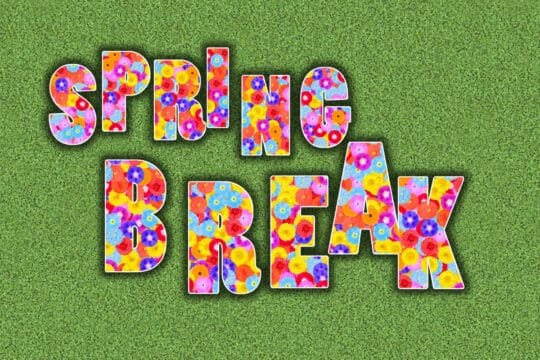As an educator your days are busy planning lessons, grading papers, and attending meetings. While it may seem like something always needs your attention, there’s one practice that often gets overlooked: self-reflection. You likely know that incorporating self-reflection into your daily or weekly routine is important.
However, time can feel like a major hurdle, and finding an efficient method that works for you may seem challenging. Fortunately, these obstacles can be overcome with a bit of intention. Beginning the process of reflection is a simple way to find out more about your teaching.
It’s an excellent way to gather information and assess what’s working and what isn’t. Let’s dive into why reflective practice in teaching is so essential and how you can use it to refine your teaching practices.
Why is Reflection Important in Refining Teaching Practices?
At first, reflection might feel like one more thing to add to your busy day, but it’s a powerful way to invest in your growth. Just like you encourage your students to think critically, you can apply the same practice to your teaching.
Reflection helps you pause, figure out what’s working, and make changes where needed.
By making it a routine, you have the opportunity to learn from your experiences and adjust to better serve your students’ needs. It’s like a cycle that keeps helping you improve.
The more flexible and reflective you are, the more you stand out as a teacher who’s always growing.
Engaging in self-reflection not only enhances your teaching abilities but also increases your professional worth, helping you become a more capable and effective educator.
Methods to Guide Reflection in Teaching
Reflecting on your teaching practices is more than just thinking back on your day. Here are a few intentional strategies that can help guide your reflection process.
Peer Observation
Sometimes it can be tough to evaluate ourselves objectively, which is where peer observation comes in. Ask a colleague to come into your classroom and observe a lesson. Give them a list of criteria to look for while they are observing you teach.
Then, sit down with your colleagues and ask them, what patterns did they notice? What went well and what didn’t? This will give you a better idea of how you teach as well as how you take criticism.
Video Record Yourself
When you’re teaching, you might overlook some details. Recording your lessons allows you to revisit them with a new perspective. It’s a great way to provide yourself with information on how things went during a lesson.
It’s so effective that New York State mandates that prospective teachers film a self-reflection video as part of their teaching credentials.
While watching the video, pay attention to how much you spoke versus how much the students talked. Notice the students’ responses to you, whether your instructions were clear, your position in the classroom during teaching, and how you were perceived by the students.
Sometimes, you’ll catch little habits or interactions you weren’t aware of, and you can use this information to refine your approach.
Student Feedback
Another excellent source of reflection is your students themselves. You can collect feedback through formal surveys or informal check-ins. Ask them what parts of the lesson they enjoyed, where they struggled, and what they would change.
Although students might not always specify particular teaching strategies, they can still provide helpful feedback about their experience in the learning environment you establish.
Reflective Dialogue
Reflection doesn’t have to be a solo activity. Engaging in reflective dialogue with colleagues can lead to deeper insights.
Discussing challenges and successes with others allows you to see your practice from different perspectives. It’s also a great way to learn new strategies from fellow teachers who might have faced similar challenges.
Questions for Reflective Teaching
Now that we’ve explored some methods, let’s look at specific questions you can ask yourself to guide your teacher reflection. These questions will help you dig deeper into your teaching and identify areas where you can grow.
Consider creating a reflection notebook and carve out five minutes of your day to write in it.
You can even use your “notes” app as your journal to self-reflect if you find that is easier for you.
You may discover that these five minutes each day could quickly become ten or even more and might end up as the most productive part of your day.
- What went well in the lesson? What did not? What could I have done better? Start with the basics—what were you trying to accomplish, and did your students meet those goals?
If not, think about why that might be. Was the content too difficult? Did your instruction lack clarity? Understanding where things may have gone off track will help you improve next time.
- How engaged were my students? Engagement is an essential component of any lesson. Reflect on whether your students were actively participating or if they seemed disengaged.
If you’ve observed reduced attention, think about the causes. Was the pace too slow, or were the activities lacking interaction?
- What challenges did I face, and how did I handle them? Every lesson comes with its own set of challenges. Whether it was a technology hiccup, a behavior issue, or something else entirely, reflect on how you handled it.
Was there a way you could manage the situation more effectively? By considering these moments, you can prepare for similar situations in the future.
Reflective teaching is a process that takes time and dedication. By engaging in self-reflection, you’ll develop a deep understanding that can elevate your professional teaching career to greater heights.
Make sure you take a few minutes each day to self-reflect and you will see a difference in your teaching.
Educators never stop learning; check out our available graduate degree programs to hone your skills and promote lifelong learning and academic excellence.




